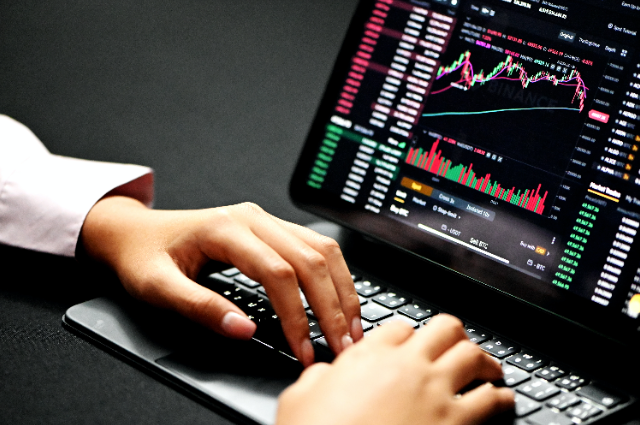
Photo by Kanchanara on Unsplash
Introduction
In a world of stocks, it is not enough to study financial data alone but equally important to understand the finer points of human behavior. Behavioral finance is the study of how emotional and cognitive factors are responsible for affecting financial decision-making. Behavioral finance and how it affects stock trading strategies – with figures.
The Psychological Quirks of Trading
The modern finance theory argues that people’s actions are irrational and based on subjective emotions instead of objective facts that maximize their utility. Nevertheless, behavioral finance rejects this assertion stating that people’s behavior is frequently emotional and driven by cognitive biases. Emotional investing can lead to various market inefficiencies which may then be taken advantage of by traders.
Overcoming the Herd Mentality
A widely observed behavioral bias that affects stock trading is “herding” - this refers to people following what others are doing instead of doing individual considerations. Several studies reveal that as long as a lot of buyers are buying or a big number of sellers are selling a certain stock, others normally do not bother to analyze the fundamentals. Market bubbles and crashes like the dot-com bubble occur as a result of this herd behavior.
Loss Aversion and Risk Management
A crucial construct of behavioral finance is that people experience the pain of losses more intensely than that from equal gains. The bias will cause such traders to hang onto losing positions for longer than necessary in hope of the market recovering. Loss averseness tends to lead to suboptimal portfolio results. Therefore, appropriate loss averseness managing strategies supported with data on the impact are required to overcome it and preclude enormous portfolio losses.
Effects of Anchoring in Trading Strategies
Another cognitive bias involves “anchoring”, whereby people focus their attention on certain references like the stock’s buying price as a basis for future decision-making. Such a kind of bias may prevent traders from shifting their approaches due to this freshly acquired information. Traders should do analysis on past quoted prices in a bid to understand cases where anchoring is experienced.
Behavioral Biases in Market Reactions
Notably, even when people’s responses to news and events are not necessarily rational, behavioral biases do play a role. For example, the disposition effect indicates that investors often sell their winners way too soon and hang onto losers for way too long. This understanding is bolstered by a historical data on market reaction to such irrationality, which allows traders to foresee and exploit such market inefficiency.
Prospect Theory and Trading Strategies
The concept of prospect theory developed by Daniel Kahneman and Amos Tversky suggests that people assess possible results in terms of actual gain or loss against the reference point. There is a lot of impact created by this theory on trading strategies since decision-making will differ when one is dealing with gains or losses. Traders can rely on their experience in using data-driven analysis of past market behavior to determine how the prospect theory affects price movement and decisions.
Behavioral Finance and Technical Analysis
One of the most common methods employed by stock traders is technical analysis, which includes studying historic price graphs and trends for purposes of forecasting prices later into the future. Technical analysis is enhanced by behavioral finance by explaining the psychological variables influencing the recurring behaviors patterns. For example, information on the emotional determinants of trending prices can provide traders with an additional argument in support of technical analysis approaches.
Overcoming Cognitive Biases Through Education
Overcoming cognitive biases in trading requires considerable education and awareness. The traders’ decision-making process is improved when they comprehend the psychology of their thoughts. The information on the effectiveness of behavioral finance educational approach may convince traders to spend more resources towards self-awareness practice as well as lifelong learning, building more stable and flexible mental state of traders.
Conclusion: Market behavioral insight while navigating.
It must be noted that in stock market trade, there is a need to acknowledge and understand the importance of behavioral finance, which has become very important of late. By combining psychological insights and data-centric assessment, traders are able to make better sense out of the markets. Cognitive biases are what hinder trading success. Traders need to acknowledge this and adopt a proactive attitude towards recognizing and overcoming these hindrances. Once they have done so, they can start working on devising effective strategies for benefiting from market inefficiencies. Behavioral finance has become crucial in interpreting and predicting trading activities as psychology intersects with finance, thus dictating the direction of stock trading globally.
